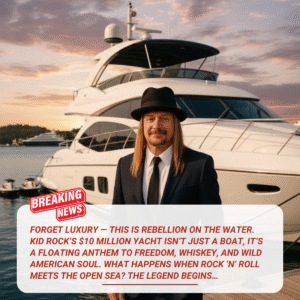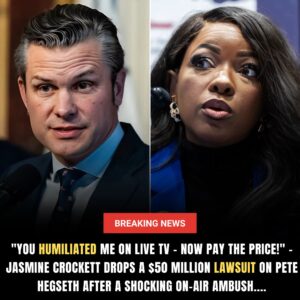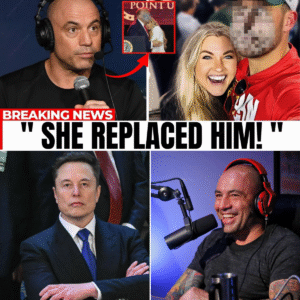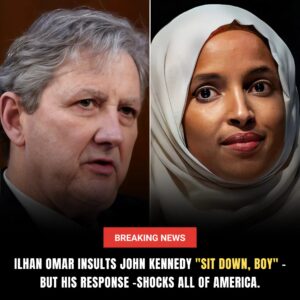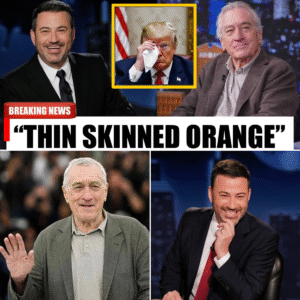Trump’s Crowning Moment: South Korea’s Golden Gift Just Days After ‘No Kings’ Protests
In the shadow of ancient tombs and gilded relics, President Donald Trump stood beaming under the vaulted ceilings of the Gyeongju National Museum on October 29, 2025. Flanked by South Korean President Lee Jae-myung, Trump accepted a towering replica of a golden crown from the Silla Kingdom—a relic symbolizing divine sovereignty and earthly power. The foot-high headpiece, adorned with intricate tree motifs and mythical beasts, gleamed under the museum lights, evoking the “Golden Kingdom” that once unified the Korean Peninsula. “It’s very special,” Trump declared, turning the artifact in his hands like a long-lost treasure. Moments later, Lee bestowed upon him the Grand Order of Mugunghwa, South Korea’s highest civilian honor, making Trump the first U.S. president to receive its gold medal.
The ceremony capped Trump’s whirlwind Asian tour, coinciding with the Asia-Pacific Economic Cooperation (APEC) summit in the historic city of Gyeongju. But this was no mere diplomatic flourish. It was a calculated coronation, orchestrated amid high-stakes trade negotiations that unlocked a $350 billion deal to ease U.S. tariffs on South Korean exports. Lee hailed the crown as a emblem of the “golden age of the Korea-U.S. alliance,” crediting Trump’s “strong leadership” for fostering peace on the peninsula. Trump, ever the showman, quipped, “I feel like a king already—now it’s official.” The crowd of dignitaries chuckled, but back home, the irony stung like a slap.

Just 11 days earlier, on October 18, millions of Americans had flooded streets from Times Square to Ocean Beach in the largest single-day protest in U.S. history: “No Kings Day.” Organized by coalitions like Indivisible and MoveOn, the rallies—spanning 2,600 sites in all 50 states—drew an estimated seven million participants, up from five million in June. Chants of “No kings, no kings!” echoed against Trump’s policies: the government shutdown furloughing federal workers, mass deportations fracturing immigrant families, and unilateral executive orders bypassing Congress. Protesters, from retirees in Flint, Michigan, to first-timers in Boise, Idaho, waved signs reading “I Pledge Allegiance to No King” and donned inflatable frog costumes mocking the administration’s “anarchist” labels. In Washington, D.C., Senator Bernie Sanders thundered against “multibillionaires like Elon Musk and Jeff Bezos” propping up Trump’s “monarchical” agenda.
The movement’s genesis traced to Trump’s own provocations. In February, the White House’s official X account had posted a fabricated TIME magazine cover depicting him in regal robes, captioned “Long Live the King.” By October, amid a shutdown that shuttered national parks and delayed Social Security checks, critics decried his “kingly” impulses—ruling by decree, attacking the judiciary, and embracing foreign flattery. Trump dismissed the protests on Fox News: “I’m not a king. They say that because they hate winners.” Yet his campaign’s response—a CGI video of him waving from a balcony in a crown—only fueled the fire. “Nothing is more patriotic than protesting,” one Bethesda marcher declared, flipping the script on Republican cries of “hate America rallies.”
South Korea’s gift landed like a thunderclap in this charged atmosphere. Yoon Suk-yeol, the conservative predecessor ousted in a 2024 impeachment scandal over martial law declarations, had once been a Trump ally. But it was Lee Jae-myung, the progressive who ascended amid the chaos, who now played courtier. Elected in a snap vote, Lee faced domestic woes: ballooning youth unemployment, Chinese economic meddling, and North Korean missile tests that punctuated Trump’s visit with ominous booms. Desperate for tariff relief—after Trump’s January 2025 blanket duties hiked costs on Hyundai cars and Samsung chips—Lee pulled out all stops. The crown, a replica of the Cheonmachong artifact unearthed from a fifth-century tomb, wasn’t just bling; it was diplomacy’s sharpest tool. “We gift this to symbolize peace and alliance,” Lee’s spokesman intoned, as Trump admired its dangling jade leaves.
Critics pounced. “From ‘No Kings’ to actual crowns—Trump’s ego tour abroad while America starves,” tweeted Alexandria Ocasio-Cortez, linking the handover to the shutdown’s toll. Legal watchdogs invoked the Emoluments Clause, noting Trump’s history of unreported foreign swag: a gold-plated samurai helmet from Japan, a diamond-encrusted watch from Saudi Arabia. The Foreign Gifts Act caps personal retention at $480, but the first Trump term’s lax reporting raised eyebrows. Protesters in Seoul, numbering in the thousands, waved “No Emperors” banners outside the museum, blending anti-Trump fervor with local gripes over U.S. bases.
For Trump, though, it was vindication. The trade pact, “pretty much finalized” per his words, promised $350 billion in Korean investments—factories in Ohio, tech hubs in Texas—bolstering his “America First” narrative. At an APEC CEO luncheon, he touted it alongside Kim Jong-un overtures: “Kim’s watching. He’ll call soon.” Lee, beaming beside him, pledged submarine fuel tech and joint drills, a nod to Trump’s nuclear diplomacy dreams.
Yet the crowning moment exposed fractures. At home, No Kings organizers vowed escalation: “If we lose momentum, we lose the fight,” said Indivisible co-founder Ezra Levin. Abroad, allies like Lee walked a tightrope—flattering a volatile partner while dodging domestic backlash. As Trump jetted to Busan for a Xi Jinping summit, the crown nestled in Air Force One’s hold, a glittering reminder: In global chess, kings fall, but symbols endure. For Trump, it was less betrayal than triumph—a defiant middle finger to the chanters back home. But in the echo of “No Kings,” one truth lingered: Even replicas weigh heavy when worn too long.
